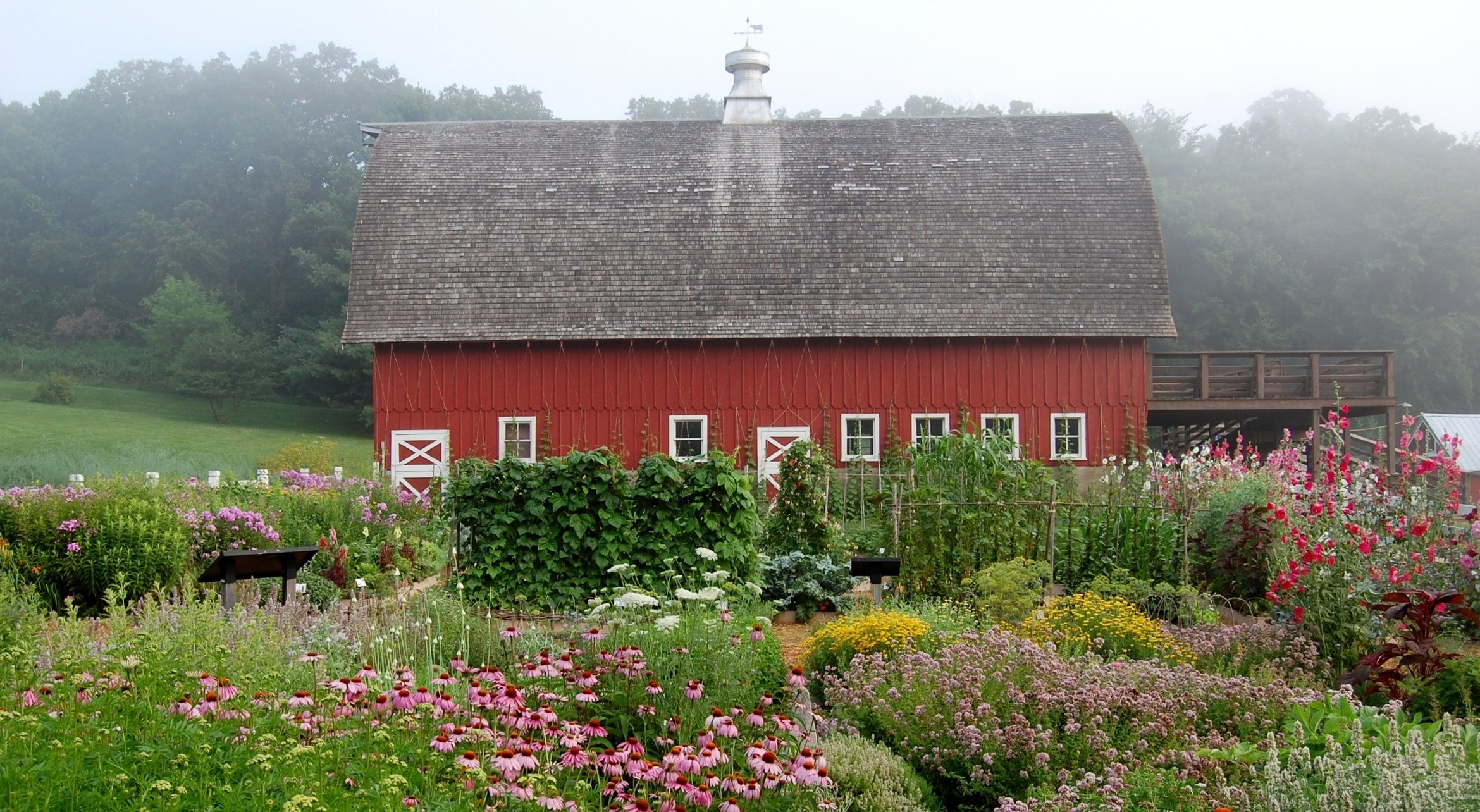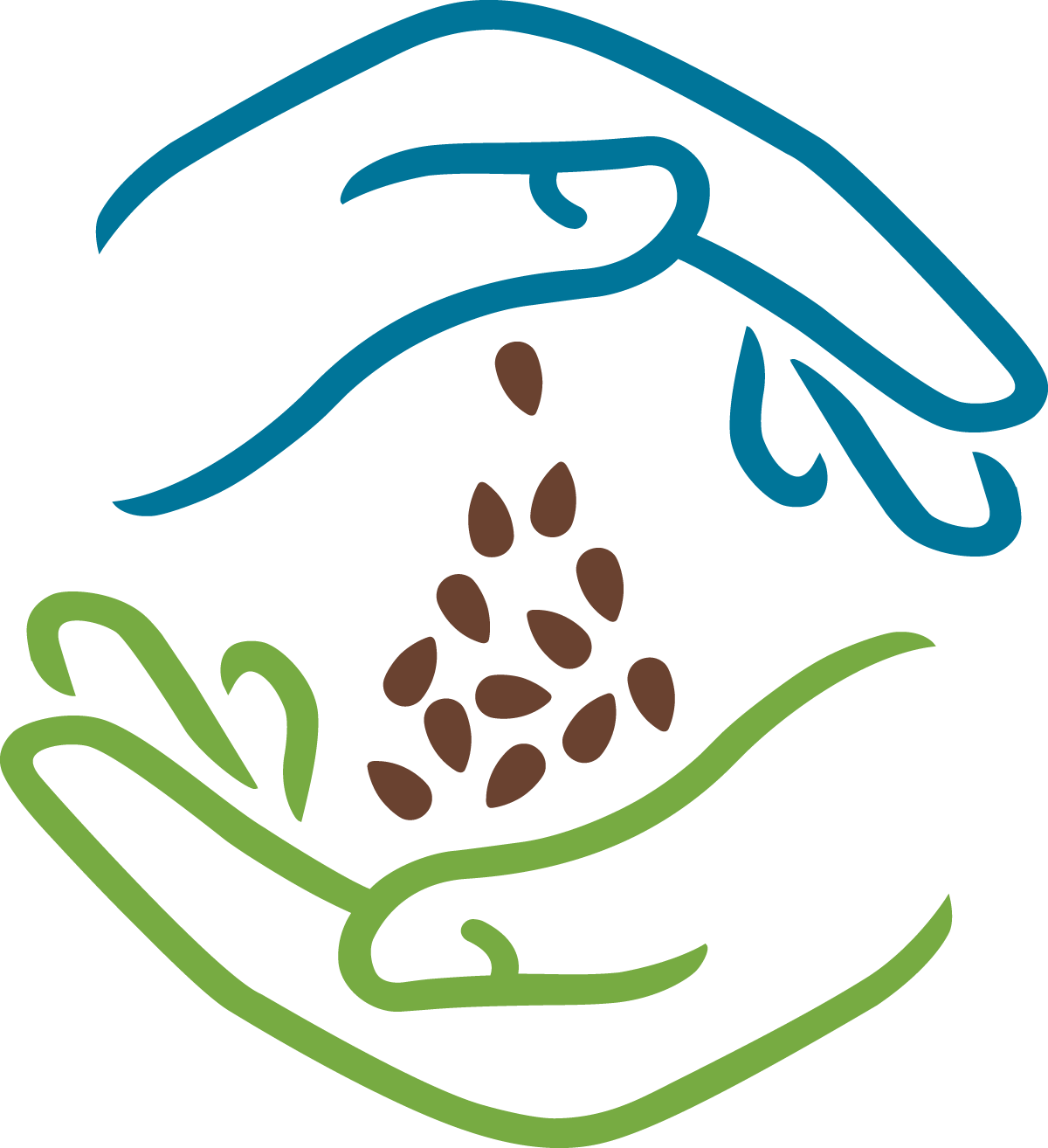Pine Spring Creek Restoration Project
/ Last week marked the official groundbreaking for the Pine Spring Creek Restoration Project at Heritage Farm—and with it, an exciting advance for genetic diversity here at Seed Savers Exchange headquarters.
Last week marked the official groundbreaking for the Pine Spring Creek Restoration Project at Heritage Farm—and with it, an exciting advance for genetic diversity here at Seed Savers Exchange headquarters.
As a partnership between the Iowa Department of Natural Resources (DNR), Trout Unlimited and Seed Savers Exchange, the project will restore stream habitat for native Brook Trout as well as a number of native plant species.
Years ago, a previous owner of the property created the pond for trout fishing. Over the years, however, the stream-fed pond has silted in, increasing the water temperature by nearly 8 degrees, making it less suitable for native Brook Trout. Removing the pond and restoring the stream will lower the water temperature closer to the 65 degrees preferred by Book Trout, which were stocked by the DNR in 2003 and 2004.
In addition to restoring the flow of the original stream bed, gravel substrate was introduced to the new section of stream to improve the habitat for spawning. Brook Trout are already reproducing naturally in Pine Spring Creek, according to Bill Kalishek, a fisheries biologist with the DNR. The planned restoration will greatly improve the likelihood that this trend continues.
The area where the pond was will be planted with grass and White Pine and Bur Oak trees. There will also be a small wetland to provide habitat and feature native plants such as Marsh Marigold and Skunk Cabbage.
SSE would like to thank the numerous Trout Unlimited chapters and other fishing organizations for their generous financial support for this project.
Heritage Farm is the headquarters of Seed Savers Exchange. The farm is located six miles north of Decorah, Iowa. Nestled among sparkling streams, limestone bluffs, and century-old white pine woods, the 890-acre farm is a living museum of historic varieties. Thousands of heirlooms are grown in certified organic fields. The farm includes preservation gardens, a historic orchard as well as ancient White Park Cattle. The Lillian Goldman Visitors Center is open 9-6 Monday-Friday and 10-6 Saturday and Sunday, tours depart at 1 p.m. both days.
More information about Heritage Farm and the Lillian Goldman Visitors Center.

















